- Individuals & Families
- Businesses
- Brokers
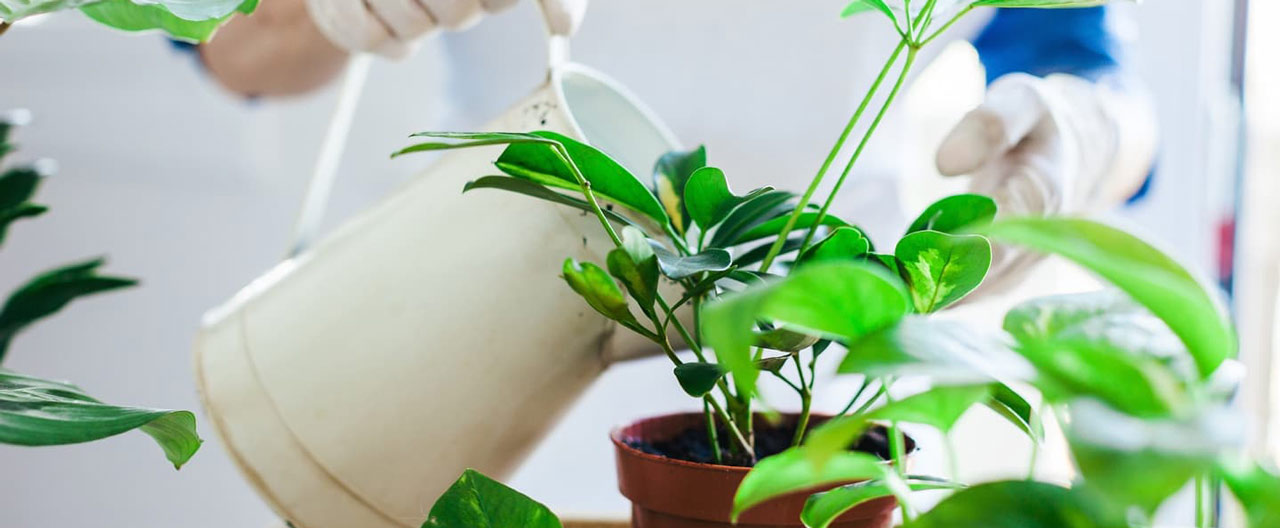
With winter on its way out, you may be ready for some spring cleaning.
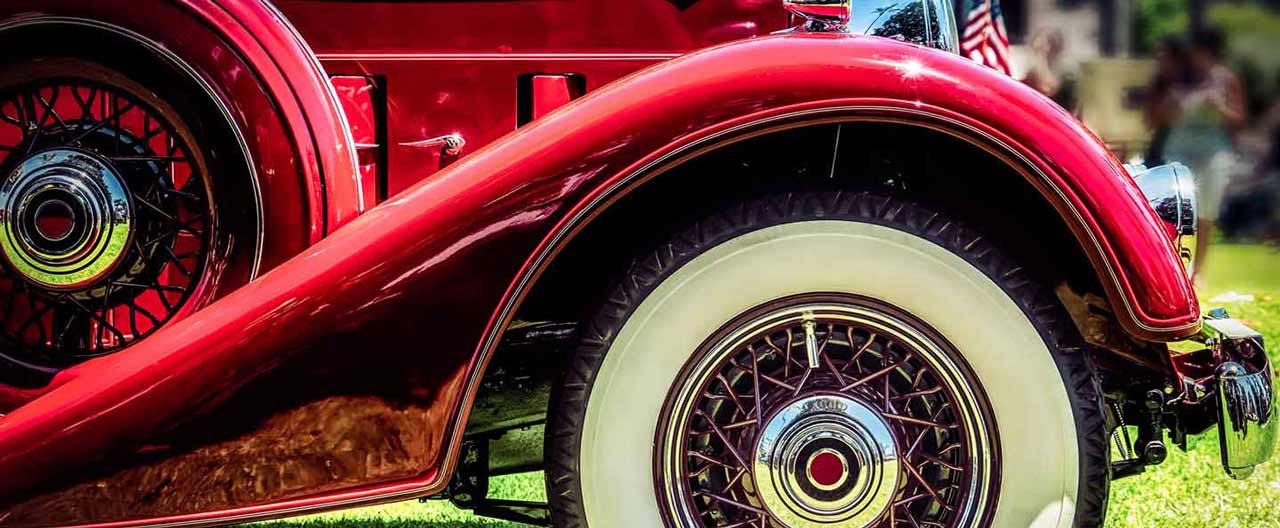
Make sure you protect your classic cars from damage or additional wear and tear.
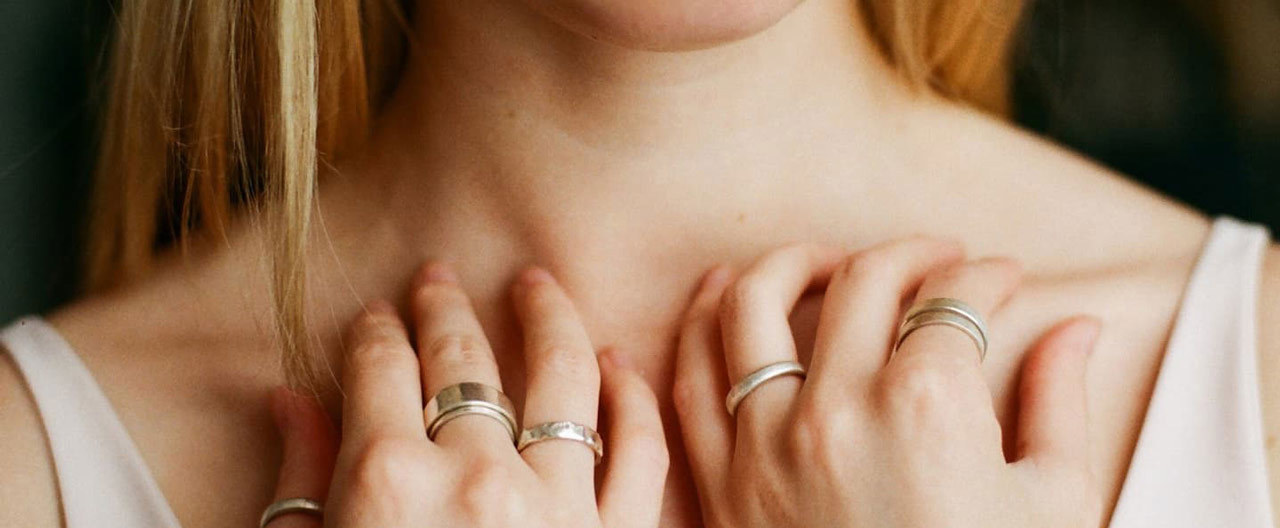
Keep your important papers and small valuables away from burglars, fire or natural disaster.

For over a hundred years, we’ve offered unparalleled stability and protection for small boats, yachts, luxury mega-yachts, and more.

Here are some things you can do to assist firefighters and minimize the damage to your home.

At their worst, disputes between professional service firms and their clients can lead to costly lawsuits.
Could you recall every valuable item you have, if your home was damaged or destroyed? Most of us couldn’t. That’s why a complete home inventory is so important, not only to you, but to your insurance company as well.
Here’s why it’s worth going to the trouble of documenting every valuable item in your home:
- You’ll know what you have and if your insurance coverage will cover you completely in the event of a loss
- If you experience a loss, the claims process will be faster and easier
- You may need it for estate planning purposes
- It can help you keep track of valuables if you move or store things outside your home
- A home inventory can provide peace of mind
To put together a home inventory yourself, follow these simple steps:
1. Use a camera or your phone to take pictures.
2. Photograph one room at a time.
Take multiple shots from different angles, documenting the contents and how they are set up. Four to six images per room should be sufficient.
3. Photograph any high-value items, collectibles, or extremely unique pieces individually.
Remember to look in drawers, closets, attics, or basements for valuables – and don’t forget handbags.
4. Consider these tips when taking pictures of special items:
- Artwork – Take pictures of the artwork from multiple angles to avoid potential glare from head-on shots. Record the artist’s signature, medium, title, date and edition number if applicable.
- Jewellery –Take close-ups of jewellery in good, natural light using a macro lens.
- Silver and china – Document one full place setting and capture the marking or hallmark, if possible.
- Valuable rugs –Take pictures of the front and back of the rug to verify how it is made.
- Electronics and appliances –Take pictures of the pieces as well as their serial or model numbers.

5. Organize your list.
- Group together less valuable items into one entry, such as decorative items, sporting goods, kitchen goods, etc.
- For individual items, list quantity, maker, artist and value, if known. Include the image ID associated with that item.
- Reference any invoices or receipts you have kept, to document detailed information such as purchase price or value.
- If you don’t have time to create a spreadsheet or would like the capability to attach invoices, etc. to your inventory, try using an inventory app or home management software, such as HomeZada.
6. Keep your inventory in a safe place.
Store your home inventory in more than one location outside your home, such as an electronic back-up, office, or with a family member.
For referrals to professionals who can assist with a home inventory, contact your independent broker.
Insights and expertise
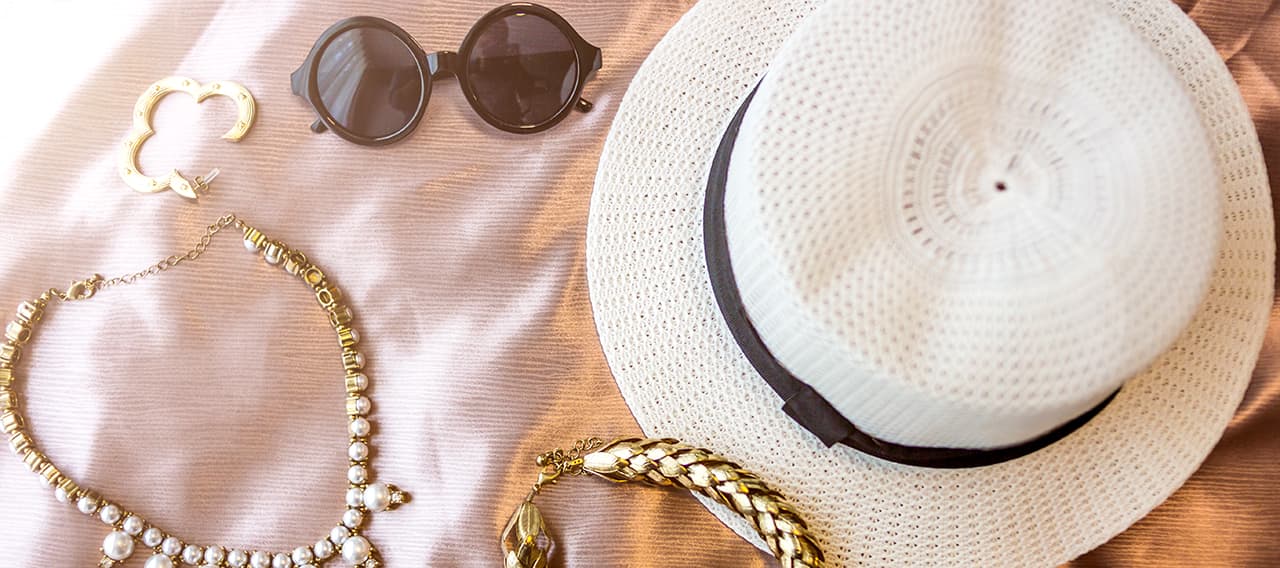
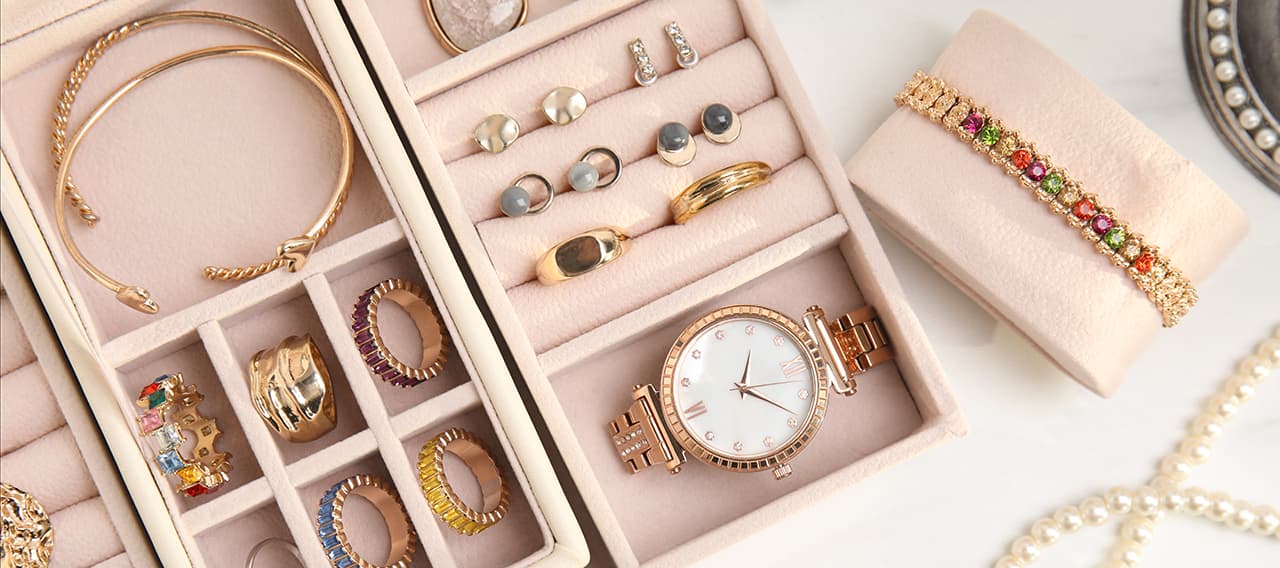
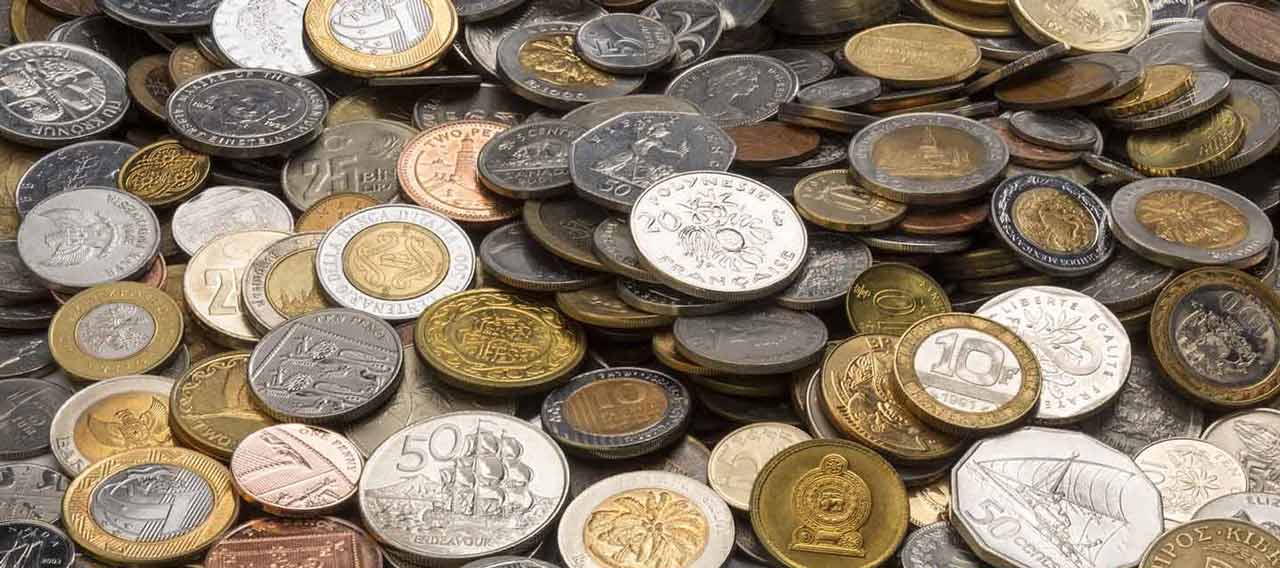
This document is advisory in nature and is offered as a resource to be used together with your professional insurance advisors in maintaining a loss prevention program. It is an overview only, and is not intended as a substitute for consultation with your insurance broker, or for legal, engineering or other professional advice.
Chubb is the marketing name used to refer to subsidiaries of Chubb Limited providing insurance and related services. For a list of these subsidiaries, please visit our website at www.chubb.com. Insurance provided by Chubb Insurance Company of Canada or Chubb Life Insurance Company of Canada (collectively, “Chubb Canada”). All products may not be available in all provinces or territories. This communication contains product summaries only. Coverage is subject to the language of the policies as actually issued.

